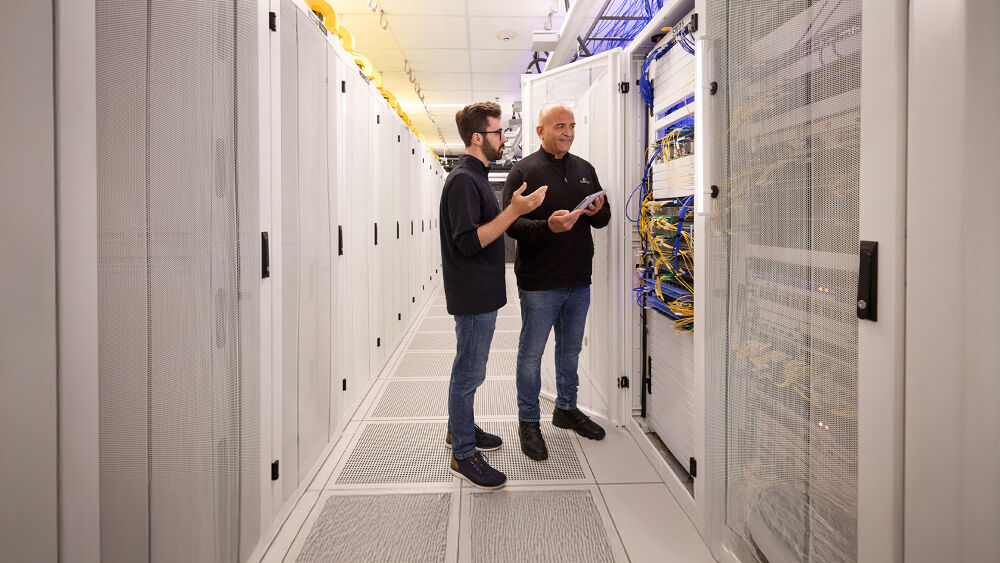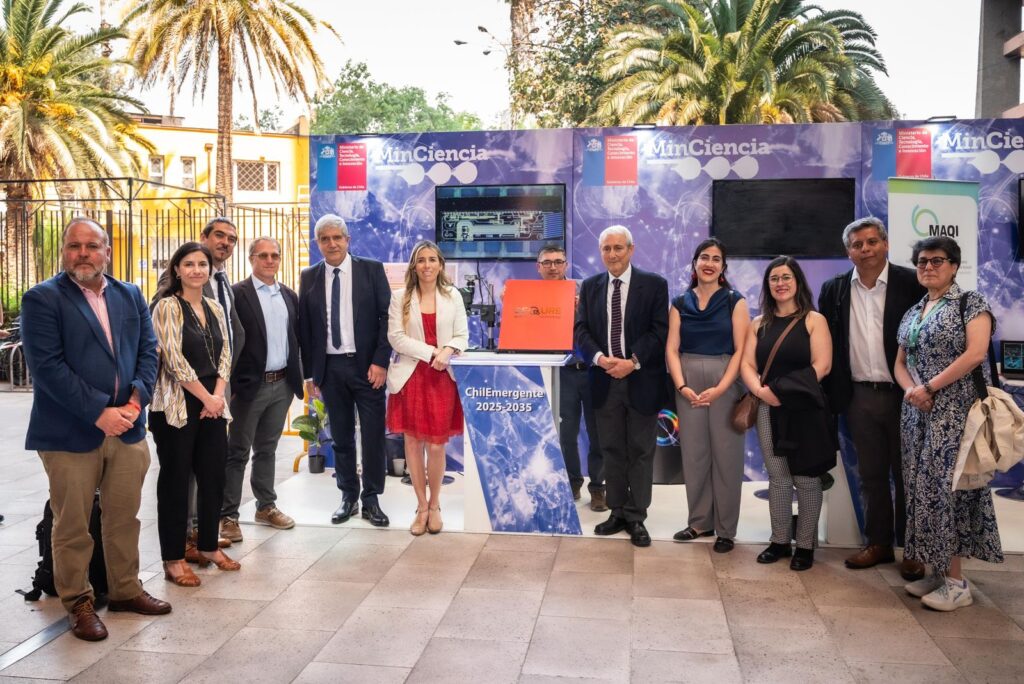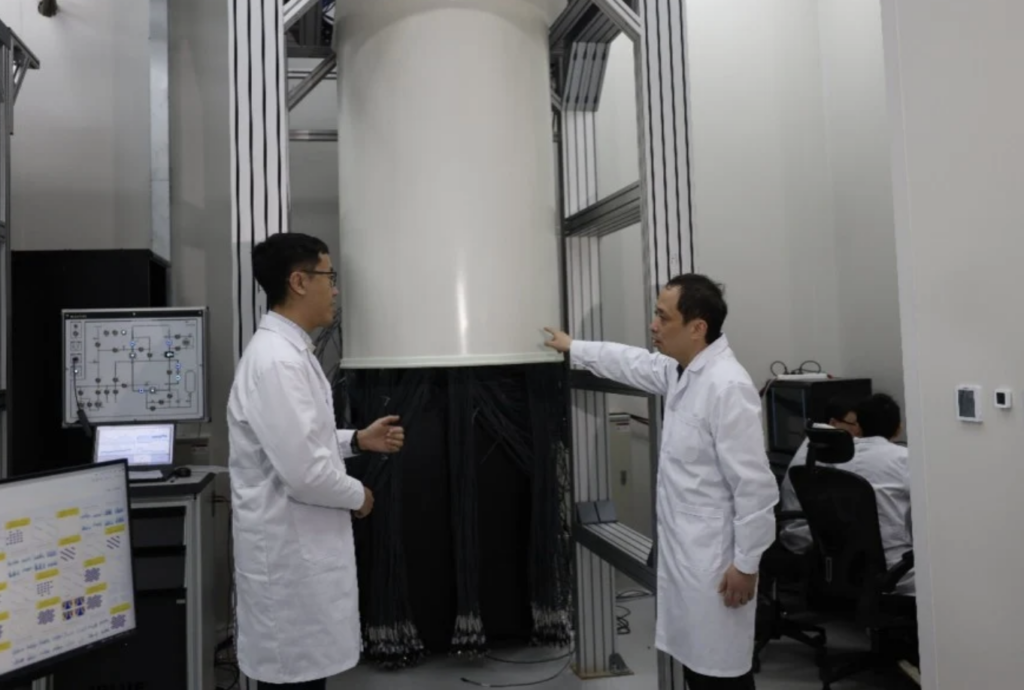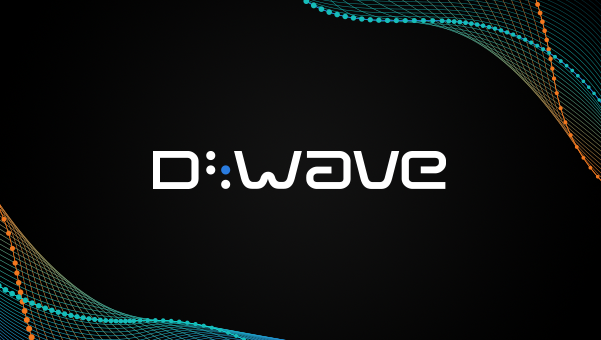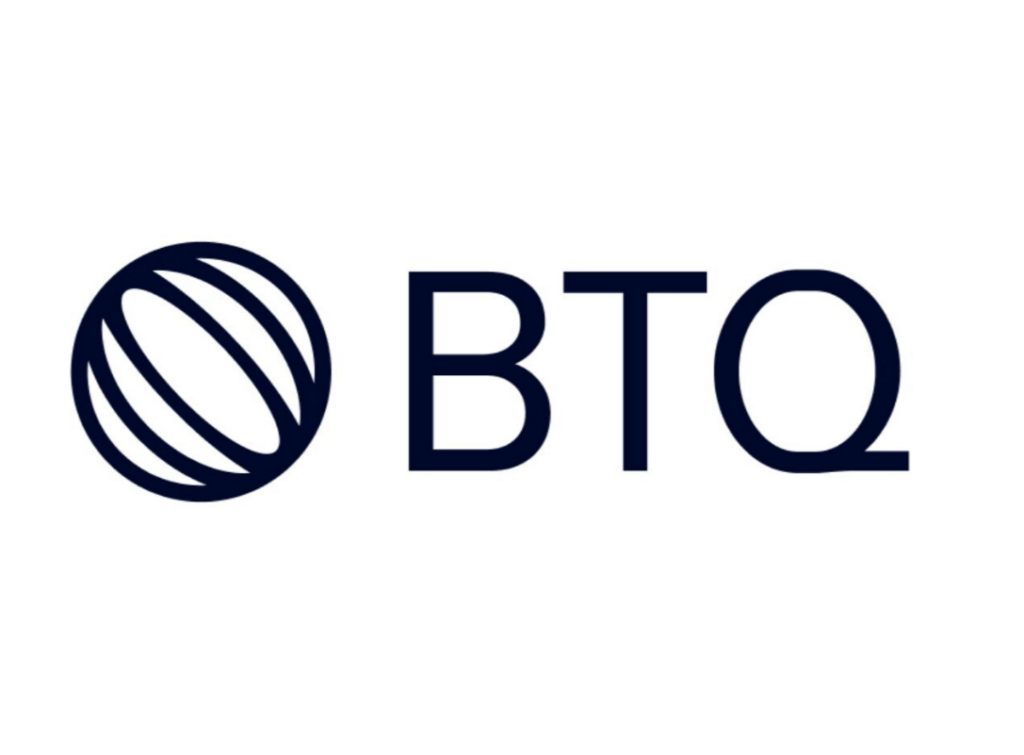Insider Brief
- Comcast has launched a quantum lab and begun trials using quantum computing to improve broadband network management.
- The company is partnering with D-Wave Quantum Inc. and Classiq to test applications such as traffic optimization and predictive issue resolution.
- Rising data demand from streaming, gaming, and AI prompted Comcast to explore quantum solutions alongside its existing AI and virtualized network systems.
Dare I suggest QomQast? Seriously, though, Comcast reports the company is turning to quantum computing to prepare its broadband network for soaring data demand.
The company announced it has launched a dedicated quantum lab and begun industry-first trials to test how quantum systems might manage Internet traffic. Comcast said the effort is intended to address growing pressures on its network from streaming, gaming and artificial intelligence applications, including a tripling of traffic tied to ChatGPT use since May, according to Elad Nafshi, Chief Network Officer, Connectivity and Platforms, Comcast.
“The demands on our network are growing exponentially,” writes Nafshi. “Live streaming is growing at a compounded annual rate of roughly 25 percent and 40 percent more major sports events will be streamed live in 2025 compared to a year ago. Online gaming is pushing downloads upwards of 100 GB and game play has never been more interactive. And since May of this year, we’ve seen a nearly threefold increase in network data demand from ChatGPT alone.”

Quantum Meets Network Management
Quantum computing, still in its early stages, is designed to solve complex problems beyond the reach of today’s machines. Comcast said its trials with partners D-Wave Quantum Inc. and Classiq will focus on using quantum systems to improve traffic management. The aim is to create a network that can anticipate and resolve issues before they affect customers.
According to the company, current artificial intelligence tools already help manage performance, but quantum could provide a step-change in capabilities.
Comcast emphasized that the quantum initiative builds on years of investment in network transformation. Central to this is Project Genesis, a push to virtualize its systems by moving from hardware-based functions to software-driven infrastructure.
The company said this shift, combined with real-time telemetry and AI, provides the foundation for experimenting with quantum applications. Unlike many exploratory projects, Comcast framed the trials as practical and rooted in customer needs.
A History of Firsts
The quantum announcement adds to a string of technology milestones Comcast highlights in its broadband strategy.
The company said it was the first to deploy DOCSIS 4.0 to deliver multi-gigabit symmetrical speeds over existing infrastructure and the first to roll out low-latency DOCSIS to cut lag in gaming and video conferencing. Its virtualized architecture earned an Emmy Award for Technology and Engineering, and smart-network tools such as Octave and the Xfinity Meter for Fiber are designed to detect and resolve service issues proactively. Comcast said the quantum work should be viewed as part of this longer trajectory of making networks faster, smarter, and more resilient.
The company pointed to several factors driving the urgency of its move into quantum. Video streaming is expanding at an annual growth rate of 25 percent, and sports streaming events are expected to rise by 40 percent in 2025 compared to this year. Gaming downloads now regularly exceed 100 gigabytes. Combined with surging AI use, Comcast said these shifts make traditional incremental upgrades insufficient. Quantum computing, it argued, could provide the leap needed to keep pace.
While quantum is not yet a commercial mainstay, Comcast said it intends to share what it learns from the trials in the future and continue integrating emerging technologies into the broadband infrastructure it considers one of the most critical systems of modern life.
“Quantum computing is new for a lot of people but it’s no longer just a concept – it’s becoming a tool for solving real-world problems,” writes Nafshi. “We’re excited to dig in and understand the potential for one of the most critical infrastructures of our time. At Comcast, we’re not waiting for the future – we’re building it – and we’ll continue to share what we have learned. Stay tuned for the next episode!”

